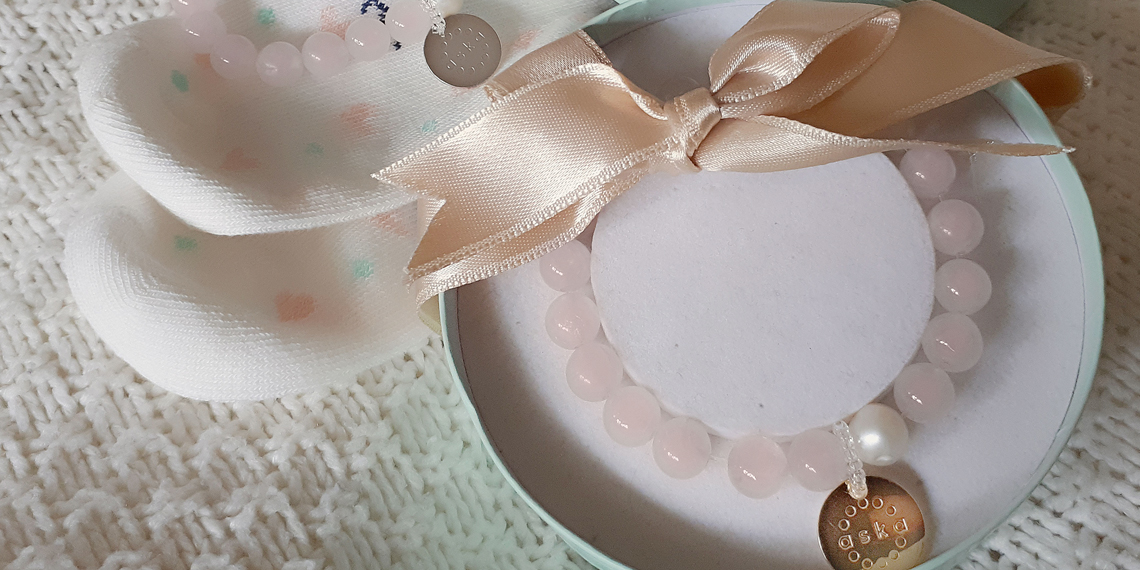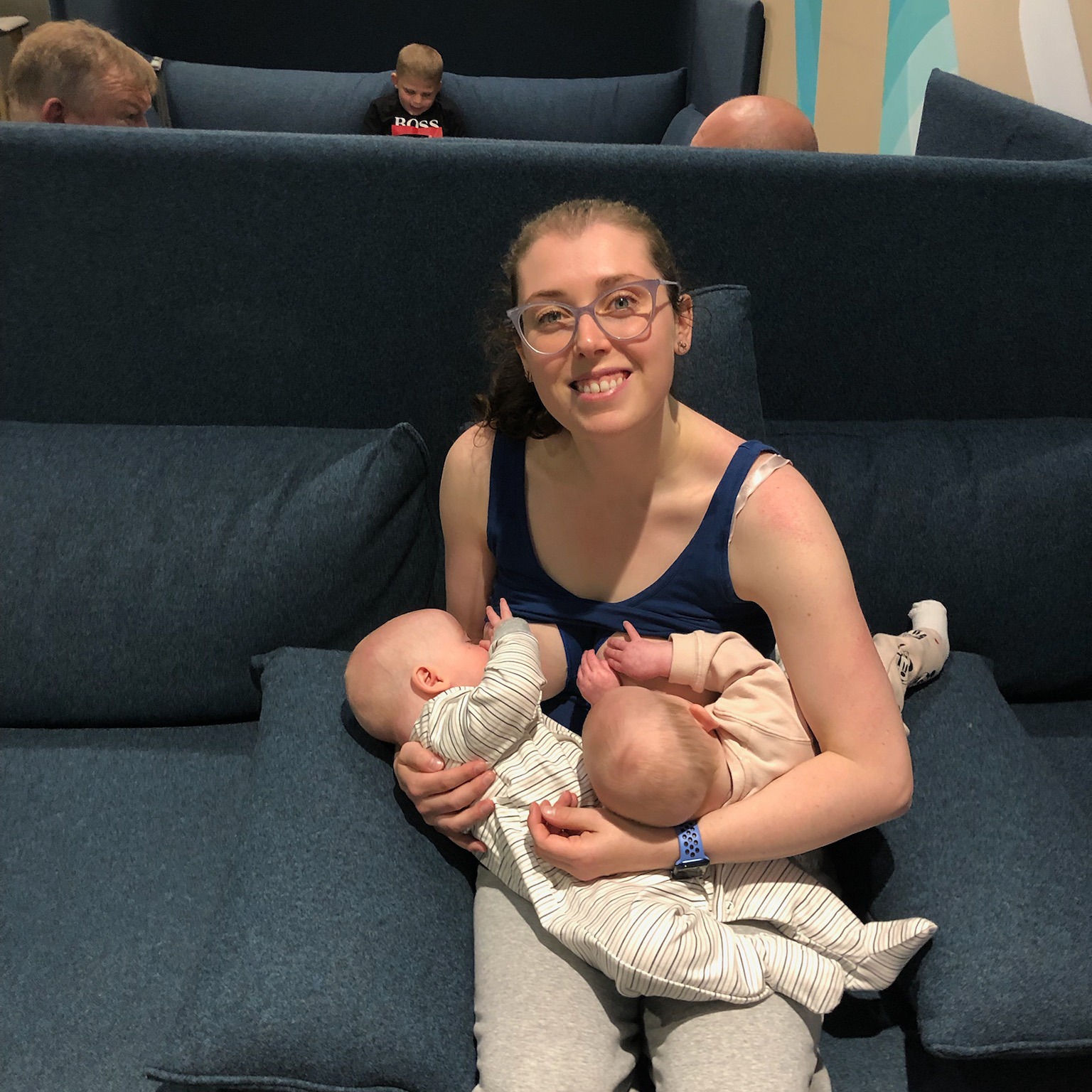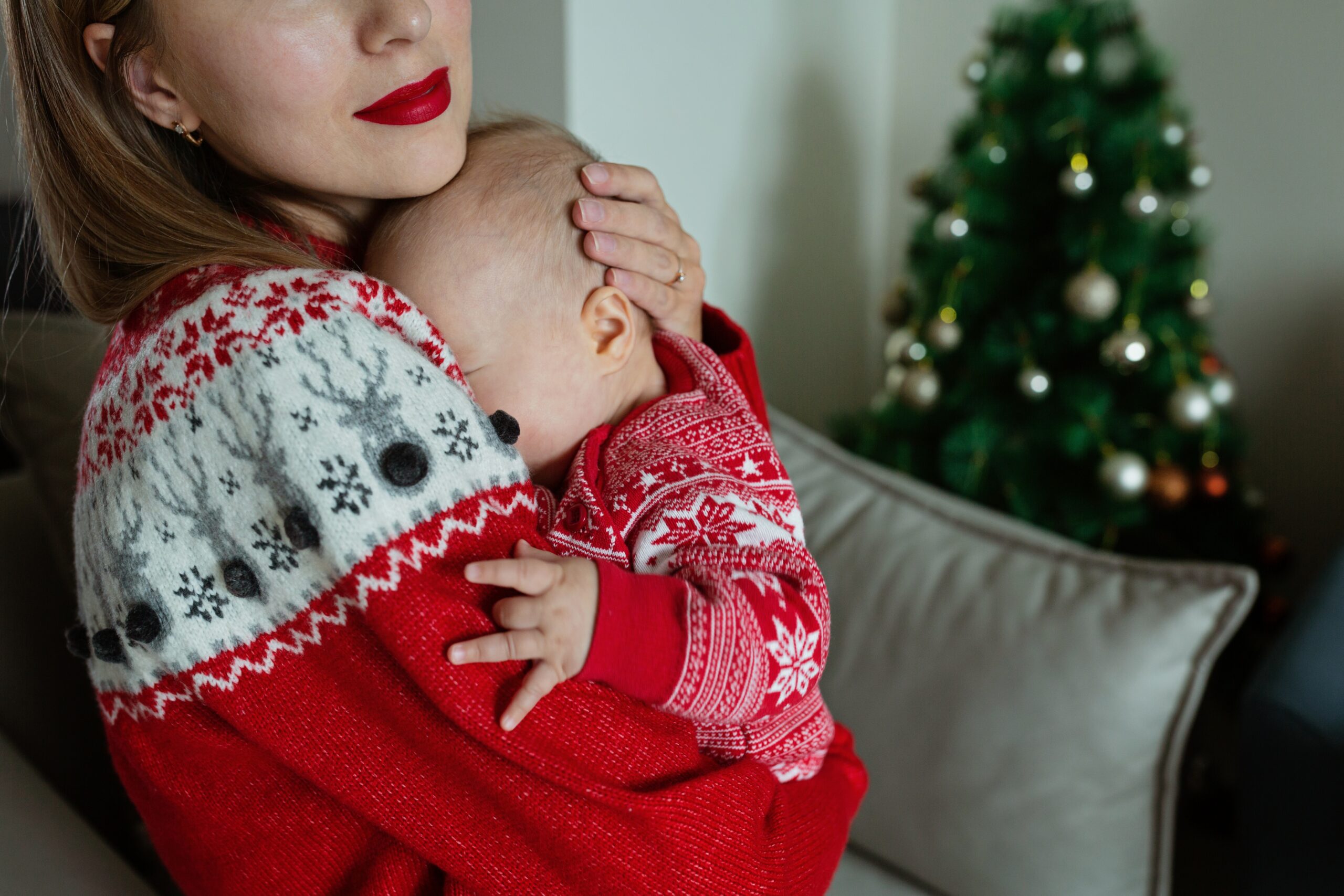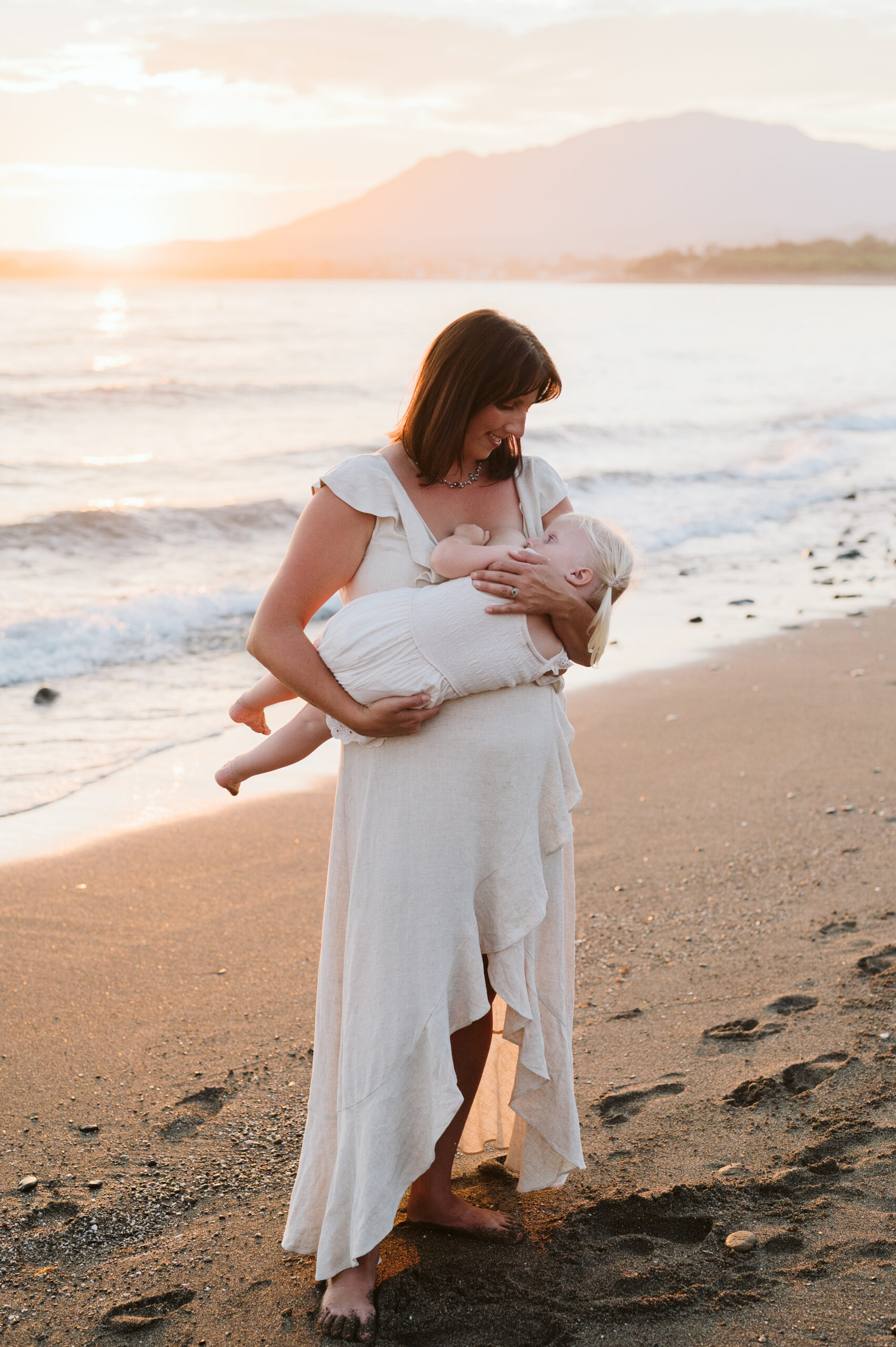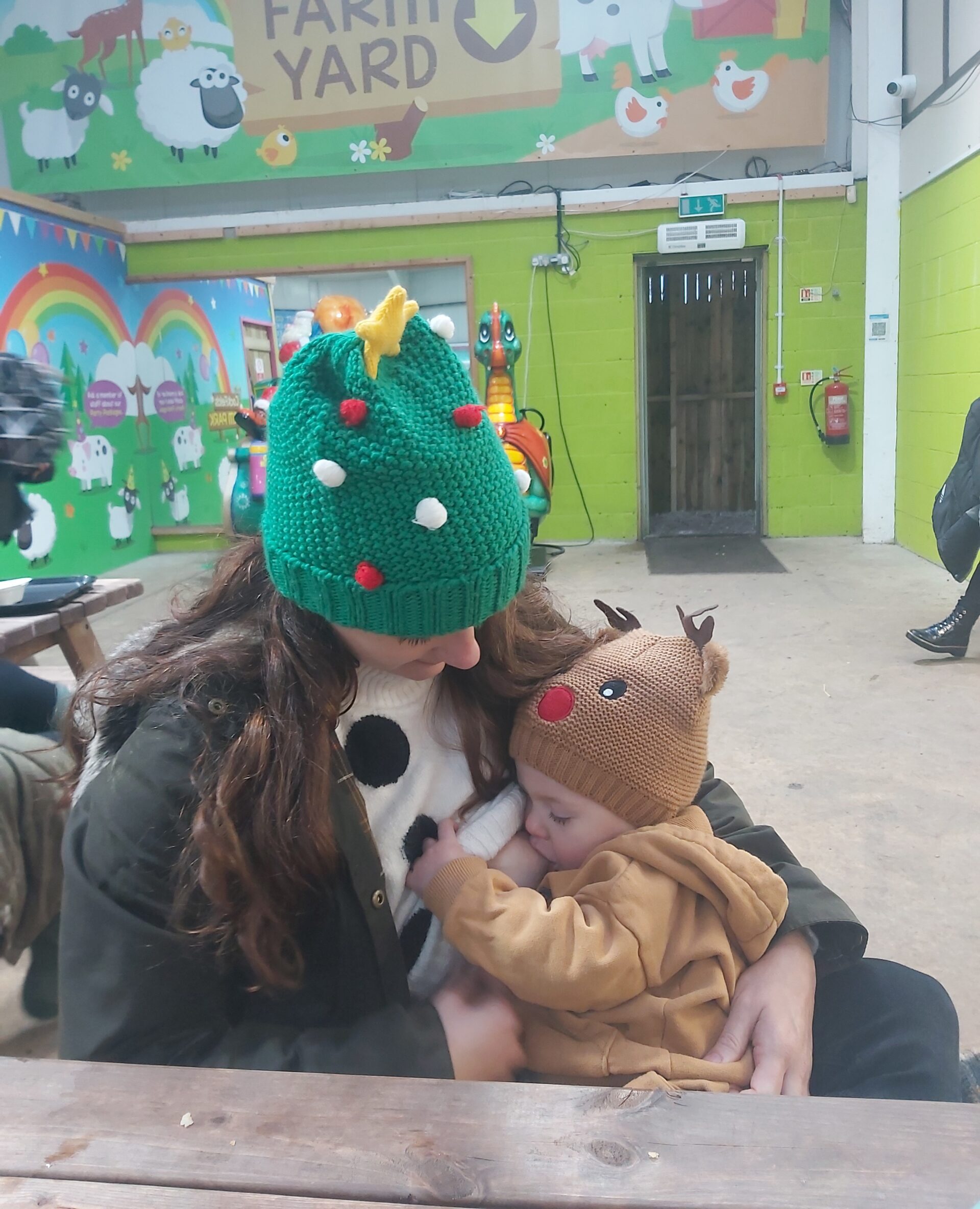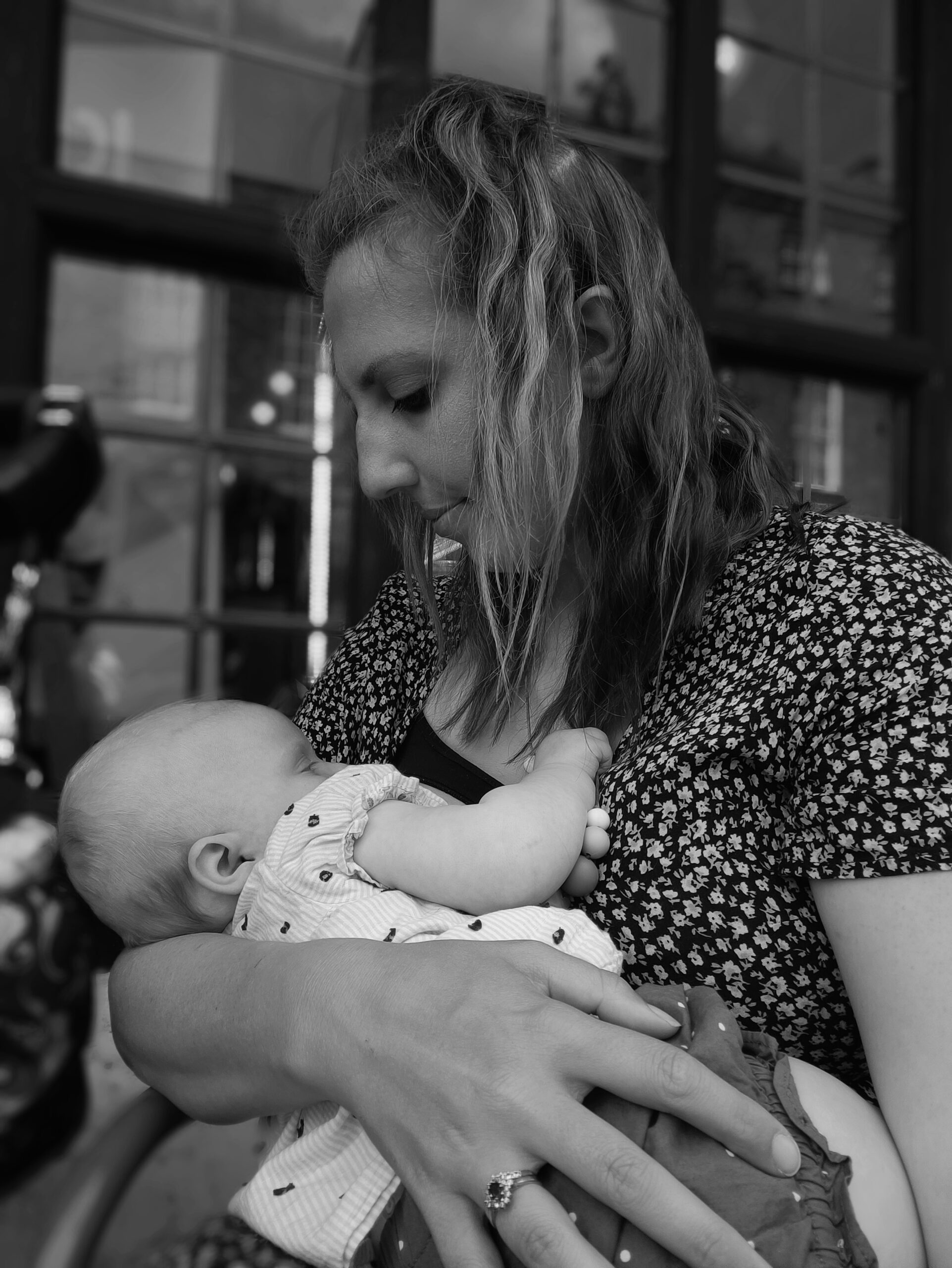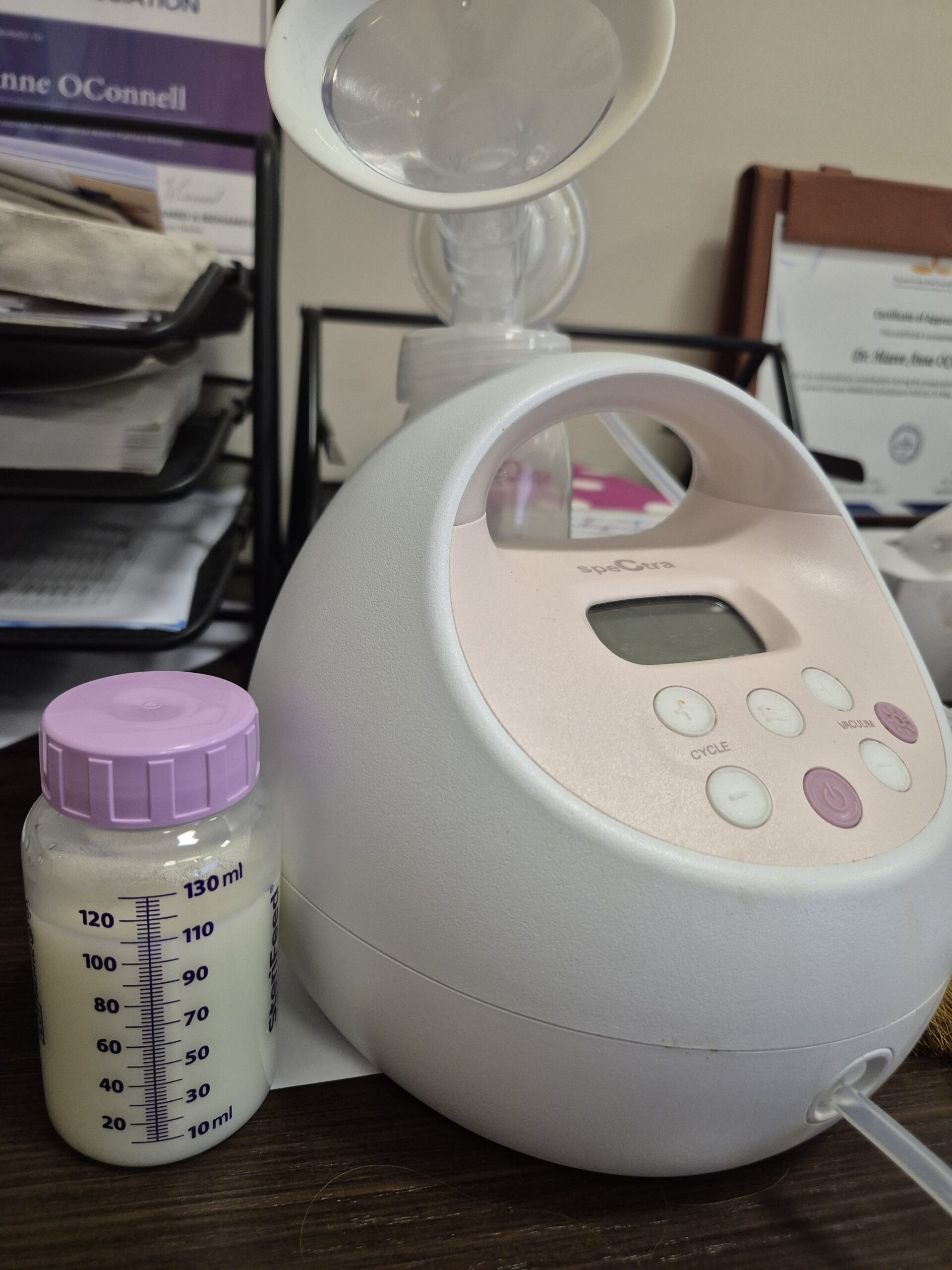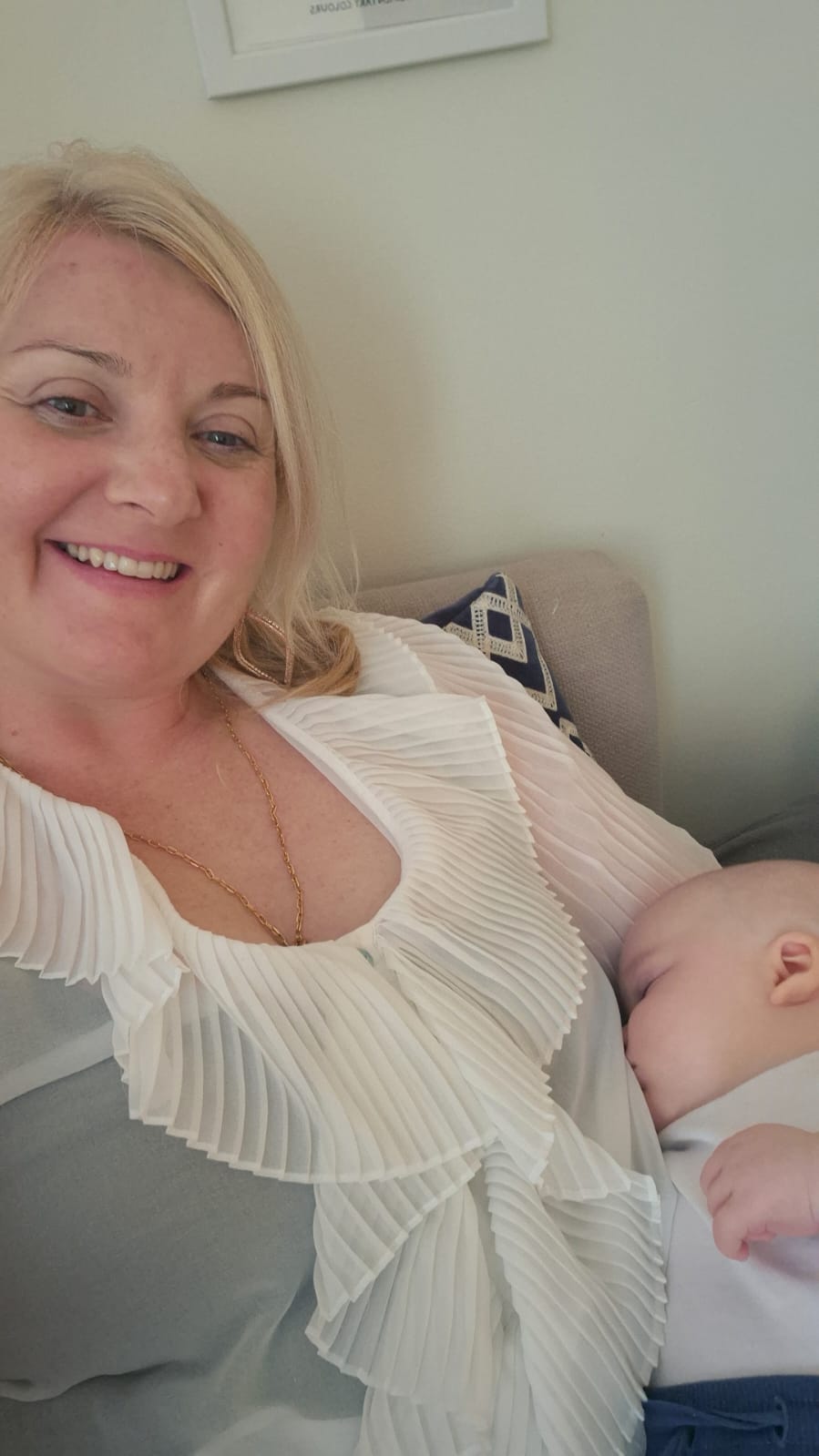When you feel your baby move for the first time during pregnancy it’s a truly magical and life-affirming moment. As well as helping you to feel bonded to your baby, it’s a wonderful sign that your baby is healthy and growing.
As you move through your pregnancy, your baby’s movements get stronger and there will be times when you’ll wonder if your baby is moving enough…or perhaps too much! This is when the Aska Maternity Movement Bracelet can help give your reassurance. It allows you to track your baby’s movements as and when they happen – whilst also acting as a beautiful piece of jewellery. Its elegant and clever design allows you to count the number of times your baby moves during the day and night in a subtle way.
Many expectant mamas say how comforting it is to use the bracelet throughout their pregnancy to monitor baby’s activity levels. With that in mind, let’s look at why baby movements are so important, when you’re likely to feel your baby move and the easy way in which you can track movements with the Aska Maternity Movement Bracelet.
Why tracking movements is so important
When to expect those first baby movements
Getting to know your baby’s movements
How to track movements with the Aska Maternity Movement Bracelet
Ways to use the bracelet after birth – including to track breastfeeds
Why tracking movements is so important
Being aware of your baby’s movements is a great way to bond with your baby and reassure you that the baby is developing well. Knowing your baby’s behaviour also means you are more likely to pick up on reduced movements – if they occur.
Reduced movements are when your baby is not moving as much as they usually do. It could be a sign that your baby is unwell – either with an infection or other problem. If you notice a reduction in the movement of your baby, or you’re worried about anything at all, then contact your midwife or healthcare provider as soon as possible. Let them know how long it has been since you last felt your baby move and then from there they will look at the next steps to take. The NHS highlight the importance of seeking help and support straight away in cases of reduced movement.
Of course, sometimes reduced movement is not picked up straight away. In the hecticness of everyday life; monitoring your baby’s movements may be difficult to do accurately. This can be especially true if you have other little ones to look after. It may not be until you’re going to bed or have a quiet moment alone that you realise it’s been some time since your baby moved.
What can help is having a reminder to track baby’s movements each and every day so that you never forget to monitor movements as and when they happen.
“Addressing and keeping track of babies movements are so important. Babies should move in their own pattern up until birth. “They move less near birth because there’s less room” – Is not true. Babies move throughout.”
Corinne
When to expect those first baby movements
Feeling your baby move for the first time in the womb is probably one of the things you most look forward to in early pregnancy. That first little flutter and kick can be so magical and something you remember forever.
You’ll probably feel the first movement around 18-20 weeks. To begin with, you may not be sure it’s a baby movement as it may be a very gentle swirl or flutter in your belly. But as the days go by you’ll learn to recognise it as a baby movement.
Factors like your build, the position of your placenta and whether or not this is your first child can mean you may feel your baby move anytime between 14-26 weeks. For example, if you’ve been pregnant before you may feel movements as early as 16 weeks.
What will start off as light flutterings will become regular kicks and nudges as you progress further in your pregnancy. They often become so strong they may take you by surprise! The good news is those baby movements are a sign baby is happy, healthy and thriving in the womb.
Getting to know your baby’s movements
You should feel your baby move right up to, and during, labour. There will be kicks, twists, wriggles, and even hiccups! You’ll marvel at all the things your baby will get up to in your tummy!
In the second trimester (weeks 13-27), your baby is still quite tiny so it’s normal not to feel regular movements. By the third trimester (weeks 28-41), your baby now has a fairly regular cycle of sleep and wakefulness and it’s important to keep a check on their activity levels daily. According to the Royal College of Obstetricians & Gynaecologists, your baby has sleep periods that mostly last between 20 and 40 minutes, and are rarely longer than 90 minutes.
Every baby is different but you may find specific times of the day when your baby is more active, such as just after a meal or at night-time when you’re about to go to sleep! By keeping a log of your baby’s movements, you’ll be better able to recognise their patterns and feel safe in the knowledge they are doing well.
How to track movements with the Aska Maternity Movement Bracelet
The Aska Maternity Movement Bracement is available in Rose Quartz, Amazonite, and Moonstone with either a silver or gold charm.
The Aska Maternity Movement Bracelet allows you to instantly and easily track your baby’s movements as and when they happen. The idea for creating such a bracelet came from NHS worker Louise MacLeod, and was further developed into a beautiful design to chart your baby’s movements each and every day. Tested by hundreds of pregnant mamas, it was found that the bracelet acted as a constant reminder to be mindful of your baby’s movements throughout the day and night.
The beaded design with charm is not just beautiful but functional too. The idea is to move the charm over each bead during every period of movement, starting from the pearl bead at the start of every day. This means by the end of the day you’ll have a really good idea of how many movements your baby has made.
Before you know it, you’ll discover the number and pattern of movements that are ‘normal’ for your baby. It also means you’ll be able to pick up on any reduced movements early on, and be able to seek help should you need to.
“Because of the Maternity Movement Bracelet I have found myself talking more to my partner about the baby’s movements. Knowing the pattern helps too – my first only moved once a day so he’s actually been able to feel this baby kicking!”
Amy
Ways to use the bracelet after birth – including to track breastfeeds
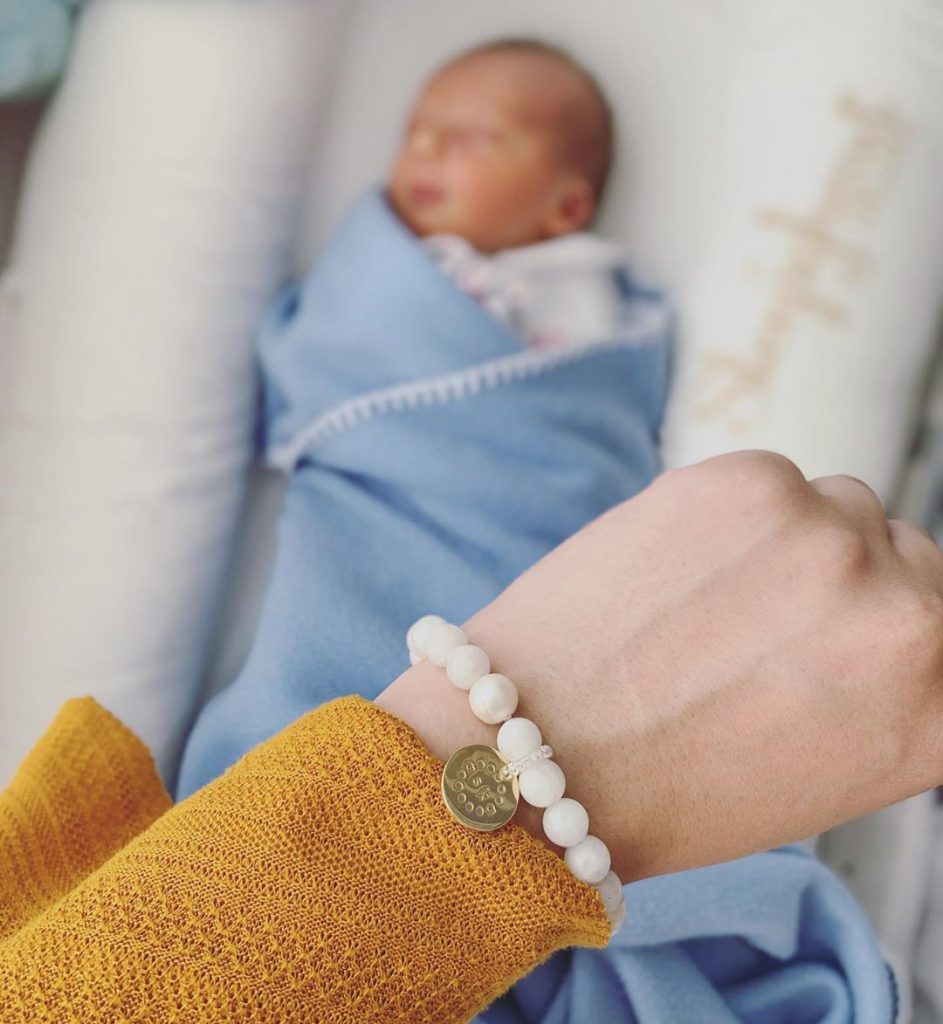
Having worn the Aska Maternity Movement Bracelet throughout pregnancy, many people don’t ever want to take it off! It becomes a cherished piece of jewellery and acts as a continual reminder of your baby and the bond you have together.
Most importantly, it also remains a functional piece of jewellery too. Many people continue to use it in their day-to-day life by helping them to track breastfeeds. For example, when you feed your baby from one breast you can move the bracelet to the opposite wrist to remind you what side to feed from next. You can also move the charm along each bead to count how many feeds your little one has had that day. This can be very reassuring, especially in the early days of establishing breastfeeding when you want to be assured your baby is feeding frequently and gaining weight.
When looking after a newborn the days can often roll into one and so being able to track breastfeeds with your bracelet can be one thing that is instant and easy.
“I am breastfeeding at the moment and using the bracelet to help remember which boob fed my little one last”
Emily
The Aska Maternity Movement Bracelet can be worn throughout your pregnancy and beyond as a beautiful and functional piece of jewellery. The bracelet is available in three colours with the option of a silver or gold charm. You can buy your very own bracelet online at askamaternitymovementbracelet.com. Use the code ‘boobingit’ at the checkout to get an exclusive £5 off your bracelet of choice.





